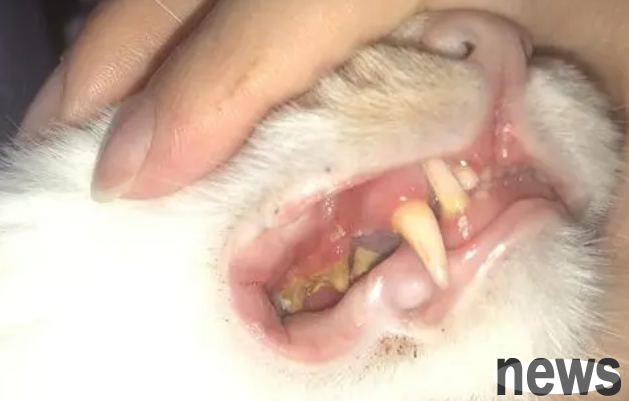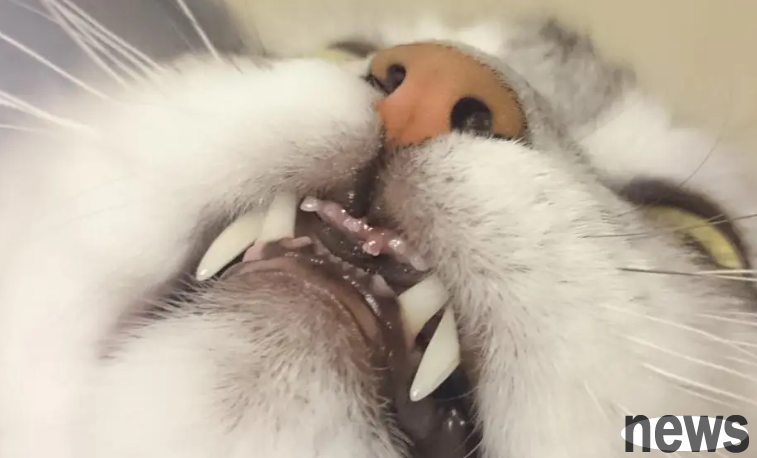The two problems of toothache and tooth decay are completely different in humans and cats. Although cats are famous for bad teeth, they do not have tooth decay like humans.

If we have tooth decay, we can usually see it from the surface of our teeth. But this is not the case with cats. The cat's "tooth decay" will start from above the gum line, and then gradually spread to the center of the pulp, from the inside out, and finally, in the severe stage, you may find it on the surface of the teeth.

This type of "tooth decay" in cats, we call it "destructive absorption damage to cat teeth", and the English abbreviation "FORLs", I usually call it "thigh absorption" disease. The admission rate in the hospital is very high, exceeding 50%. According to an incompletely accurate data, cats over two-thirds of cats over two or five years old will be affected by teeth at some stage in their lives. As domestic cats live longer, this type of disease is becoming more and more common.
Tooths that are absorbed and eroded by teeth usually appear on the edge of the gums, and the surface is eroded or reabsorbed. But these lesions are often covered by tartars or gingival hyperplasia, so you may not be able to see them. Teeth absorption is a progressive disease, which means that it will develop faster and faster, and the condition will continue to worsen and worsen. Usually, cementum and dentin are first eroded and then penetrate into the pulp cavity.
Immediately afterwards, tooth absorption will continue to enter the crown with the dentin tubules. Enamel can also be eroded, causing teeth to rupture. Cementum and dentin will eventually be replaced by bone-like tissue. Sometimes you can clearly observe tooth absorption, but more often you need to take X-rays to see it. Therefore, it is generally more serious when you can see it with the naked eye.